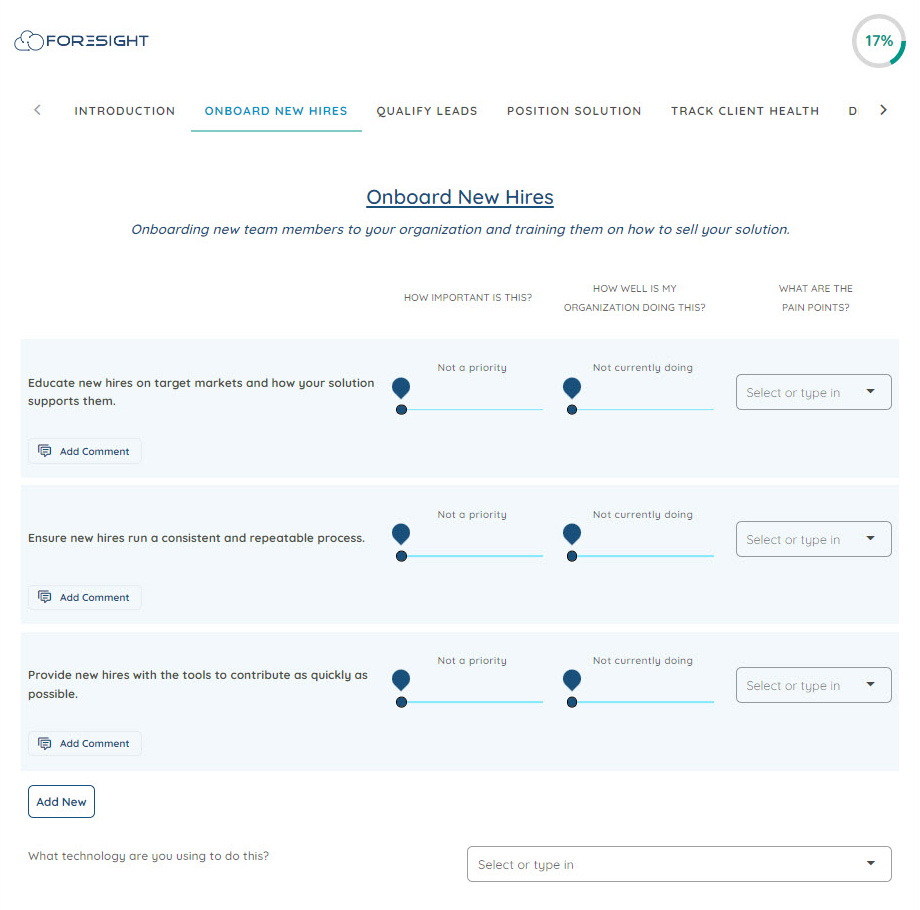By Nigel Hammond, Co-Founder, Foresight
Why QBR Agendas Need to Change
This is the second part in our series about leveling up the QBR. Last time, we focused on how to position the exercise with a bit more intent – what are you actually asking a customer to participate in? This time, we want to focus on what your actual agenda is for this meeting and how you structure the session itself.
QBRs have long been a cornerstone of post-sales, but too often they end up being a waste of time—for both the vendor and the customer. We’ve all seen it: a meeting filled with usage data, updates on the product roadmap, and discussions that serve the vendor’s interests more than the customer’s.
The reality is, customers don’t care about how much of your software they’re using or where your product is headed next quarter. What they care about is how your solution is helping them achieve their business goals.
So, how do we fix this? It starts with flipping the script on the QBR agenda to make it all about customer value.
The Problem: Vendor-Centric Agendas
The most common mistake we see with QBRs is that they revolve around the vendor. There’s a tendency to lean on things like:
- Usage data: How much of the software the customer is using.
- Account history: A summary of renewals, expansions, etc.
- Product roadmap: Upcoming features or changes to the product.
While these are important to the vendor, they don’t address the core reason your customer bought the solution in the first place: to achieve specific business outcomes. If your QBR isn’t helping them get closer to those outcomes, it’s missing the mark.
The Fix: Reframe the QBR as a Value Review
Instead of focusing on what you (the vendor) want to talk about, the QBR should be about what your customer needs to discuss. This is why we recommend reframing the QBR into a Value Review, focused entirely on how well your solution is helping the customer reach their goals.
Here’s how you can do it:
1. Focus on Business Priorities, Not Product Usage
Your agenda should be built around the customer’s business needs—what are their top priorities, and how well is your solution supporting those? Skip the usage metrics unless they tie directly to a business outcome. The customer cares about results, not whether they’re using every feature.
2. Identify Untapped Potential
It’s common for customers to use only a fraction of your product’s capabilities. They may not even be aware of certain features that could help them solve critical business problems. Use the Value Review to assess if there are any underutilized use cases or features that could deliver more value, and create a plan to activate them.
3. Leverage Best Practices
Your advantage as a vendor is that you work with dozens (or hundreds) of companies like your customer. You’ve seen what works, and you know the best practices that lead to success. Share those insights. Highlight how similar businesses are getting the most value from your solution, and provide specific recommendations to help your customer do the same.
The Impact: More Engaged Customers, More Value Delivered
When you make the QBR about value, the conversation shifts. Customers become more engaged because they see the direct connection to their business goals. We’ve seen examples where simply reframing the QBR as a Value Review leads to a significant increase in attendance from executive buyers.
More importantly, this approach unlocks opportunities for growth. By identifying untapped potential and underutilized features, you create a natural path for upsell discussions. And by sharing best practices, you position yourself as a trusted advisor—not just a software vendor.
Next Up: Preparing for the QBR
Once the exercise has been positioned appropriately – in a way to make your customers actually care about attending – and you’ve set an agenda that is oriented around customer value, the next step is to re-think how you prepare for the QBR. Spending hours cobbling together decks with usage stats and roadmap slides is a poor use of time and we are going to talk about how you can be both more efficient and impactful.


